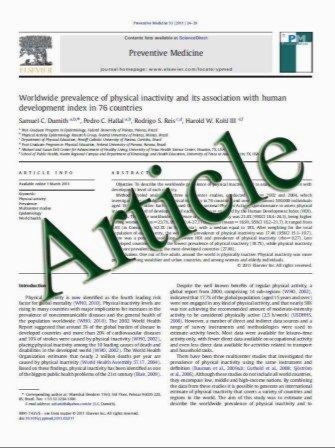The Pulfrich effect in the clinic
- نوع فایل : کتاب
- زبان : انگلیسی
- مؤلف : Sijie Heng & Gordon N. Dutton
- چاپ و سال / کشور: 2010
Description
First described in 1922 by Carl Pulfrich, the Pulfrich effect is a stereo-illusion thought to be caused by an inter-ocular signal latency difference stimulating neurons jointly tuned to disparity and motion. Clinically, this can be a spontaneous manifestation due to various ocular and central visual pathway pathologies, and cause symptoms independent of a range of routine visual parameters which may seem bizarre to both the patient and the clinician. Eliciting such symptoms of difficulties with motion and depth perception in a clinical history should direct the clinician to the possibility of the presence of the spontaneous Pulfrich effect, and to proceed to test for it. A spontaneous Pulfrich effect may be the first presentation of a previously undiagnosed condition, and warrants further investigation to identify the underlying cause. Alternatively, a spontaneous Pulfrich effect may be the unrecognized complication of a previously diagnosed condition. The symptoms associated with a spontaneous Pulfrich effect can be managed by treating the underlying cause in reversible conditions, or by prescribing appropriate monocular tinted lenses in front of the unaffected or less affected eye in persistent conditions.
Graefes Arch Clin Exp Ophthalmol (2011) 249:801–808 DOI 10.1007/s00417-011-1689 Received: 30 October 2010 / Revised: 8 December 2010 / Accepted: 8 December 2010 / Published online: 19 April 2011


